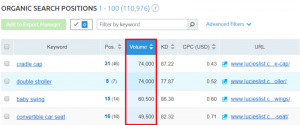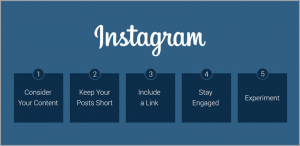It can be difficult for managers of remote teams to ensure that their employees in the field are working to their fullest potential. Without a means of tracking their activities, managers are forced to do a lot of guessing about what employees are doing throughout the course of a day. Luckily, there are many affordable software solutions available which enable managers to monitor their employees’ activities, as well as time spent visiting clients and on the road. Let’s explore some of the benefits that come from using such a software.

- Accurately Bill Clients
When employees have to rely on their memories for recording their time spent with clients, their reporting is subject to human error that can lead to billing inaccuracies. This can be problematic for your organization’s bottom line, as well as for your organization’s relationship with clients. If a client feels that their bill does not reflect the attention they received from your organization, a dispute may arise that can cause the client to stop doing business with you altogether. Not only does this cripple an organization’s revenue stream, but the angry ex-client can hurt its reputation. However, if an organization is using software with a time tracking function, hard data will exist to show how many hours a representative spent with a client. With this information, the client will be satisfied knowing that they were billed fairly and your organization will save money because employees’ hours were recorded correctly.
- Improve Employee Productivity
In his article “8 Compelling Reasons Why Businesses Should Track Their Employees’ Time”, author Jimmy Rodela notes that employees tend to be more conscious of how they spend their time at work if they know their activities are being monitored. This awareness translates to increased productivity. Furthermore, monitoring employees helps managers adapt to any problems that arise in the field allowing them to be handled more quickly. This ability leads to a boost in productivity because less time is wasted dealing with problems after the fact.
- Handle Budgets Better
Sometimes it’s hard to judge how much time, effort, and resources will be needed to complete a given project. A manager can assume that projects for high-priority clients will need more attention than those for a client who brings in less revenue, but this assumption isn’t the best way to go about allocating funds. With employee tracking in place, managers can see how much time a representative typically spends with a given client and the types of activities he or she performs for that client. This data gives managers a better sense of that particular client’s needs and lets them allot funds and human capital accordingly. The more knowledge managers have of client-employee relationships, the better able they are to distribute organizational resources appropriately.
- Assess Employee Output
Another benefit of tracking employees is the ability to measure the output of their work as it’s happening. By doing this, managers can see if the right employees are being assigned to the right projects. For example, if a particular employee’s output for a given task is below average, he or she may not be the best fit for that assignment. This indication can lead managers to purposefully coach that representative or potentially appoint a new representative to the project.
- Administer Feedback
With tracking software in place, managers can more easily deliver feedback to employees about their performance. This is an invaluable benefit, as many remote employees cite a lack of feedback from management as being among their top pain points. Workforce tracking enables managers to provide feedback based on specific activities that a representative executed in the field, instead of just speaking about his or her performance in general terms. Having this capability lets managers coach those employees who are not performing up to par and recognize those who excel.
- Manage Project Timelines Effectively
It is likely that managers will outline a timeline for a project before assigning tasks. With employee monitoring in place, managers can track the time employees are spending on a project and the types of activities they carrying out and see if they are aligning with the proposed timeline. Insights gained from this data can lead managers to coach employees as needed to ensure they are working efficiently or possibly design a new timeline. Either way, monitoring will prevent projects from being delayed because of inefficiencies in the field.
Tracking employees’ activities helps managers understand which business processes are working and which need tweaking. It also lets managers give relevant feedback to employees, whether it be positive or negative. Overall, organizations that utilize employee monitoring can experience enhanced business growth and employee engagement.
Business & Finance Articles on Business 2 Community
(60)







